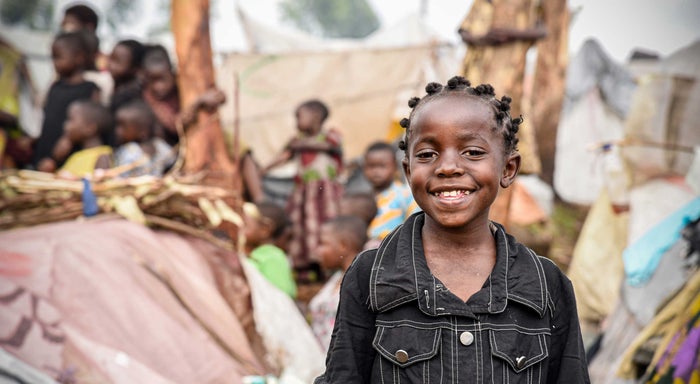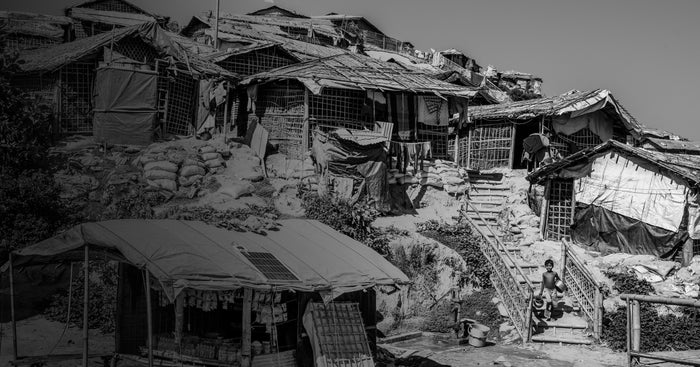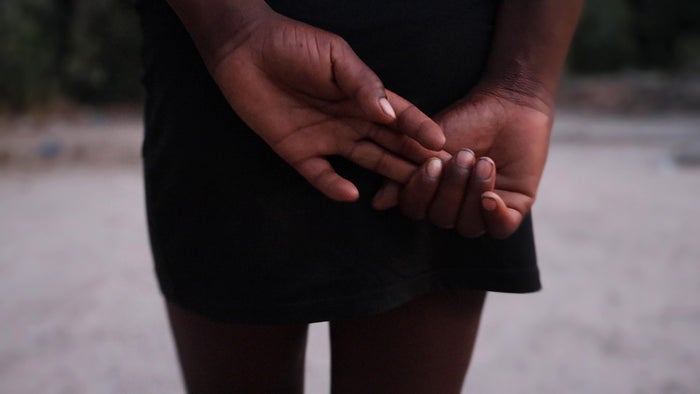By 2050, 200 million people could be displaced by climate change. This Earth Day, April 22, think about the great climate migrations that are happening worldwide. Could they happen in Canada?
We humans are a resilient bunch. We’ve survived, adapted and advanced through millennia of life-threatening challenges. When we can’t solve a problem, we find ways to escape it. But what happens when there’s nowhere left to go?
More and more, climate change is presenting societies with inescapable realities. It’s the defining crisis of our time, with impacts reaching far beyond the natural world.
Human displacement is one of the most devastating consequences, with forced migration already occurring at devastating and far-reaching levels. Already, Canadians are exploring a future of welcoming new generations of refugees and migrants – families who have lost homes and livelihoods to climate change.
For, as is so often the case, vulnerable people living in the world’s most fragile and conflict-affected countries carry the worst of the climate burden. Even though they’ve done the least to cause it.
**The climate scene in Canada **
Climate change doesn’t recognize political borders. Nor does it discriminate by race, culture or what’s in your bank account. Even in wealthier countries like Canada, many of our more devastating weather events in past years have born the fingerprints of climate change.
Consider the horrific forest fires streaking through the interior of British Columbia in past years. Many researchers say climate change has led to unpredictable rain patterns in this part of Canada. As a result, forests are drier and more flammable. Experts have noted an increase in lightning strikes to start fires, and drier, windier weather to fan the flames.
Not only do fires, floods and changing ecosystems affect Canada’s wildlife – they endanger its people in every part of the country. How long before thousands of us seek to migrate to safer areas?

Women attend a health and nutrition program in the newly formed village settlement. These women and their families were forced to migrate due to ongoing and worsening changes in climate. Rising rivers and reoccurring floods destroyed their homes, along with crops, food sources, incomes and village community.
Ibrahim Mohamed Samna
***Already fleeing climate change **
Already, climate change disasters in some of the world’s most impoverished regions are forcing thousands of people to flee for their lives.
In October 2019, after weeks of heavy rain, the Komadougou Yobe River in Western Africa burst its banks. As waters poured into villages in the Diffa region of Niger, some 23,000 people fled for their lives. Thousands of hectares of crops, farmland and homes were destroyed.
“I remember that 3,000 families of the village were displaced. When I left, I lost my possessions, including my house, food, clothes, and farmland — all washed away,” recalls one man.
According to the UN's human rights agency, the Diffa region was already coping with debilitating challenges. The area is home to almost 120,000 refugees, many from neighbouring Nigeria. And more than 100,000 people are displaced within their own country of Niger.
The flooding was a cruel blow after years of instability, caused by drought, severe food shortages, and the presence of radical armed groups. When combined with crises caused by climate change – like the flooding – more than 10 per cent of Niger’s population desperately needed humanitarian aid.
**Braving the floodwaters **
Climate change can make it harder for aid agencies to reach people in desperate need. In the wake of the Komadougou Yobe floods, many roads were impassable. Many of the families fleeing the area did so by water.
“When the flooding started, small boats helped us to leave the village with what we could save,” remembers Boulama, a father and village chief. Those who escaped became climate refugees with new challenges.
Parents’ focus shifted to sourcing clean drinking water for their families and protecting them from waterborne diseases. “When we left, my children became very sick from diarrhea and vomiting because of drinking water from the river,” says Boulama.
Because of its community-based programming, World Vision was already in Niger. Teams reached families like Boulama’s with water, sanitation and hygiene (WASH) help. That meant vital drinking water, as well as and sanitation stations to prevent the spread of disease.
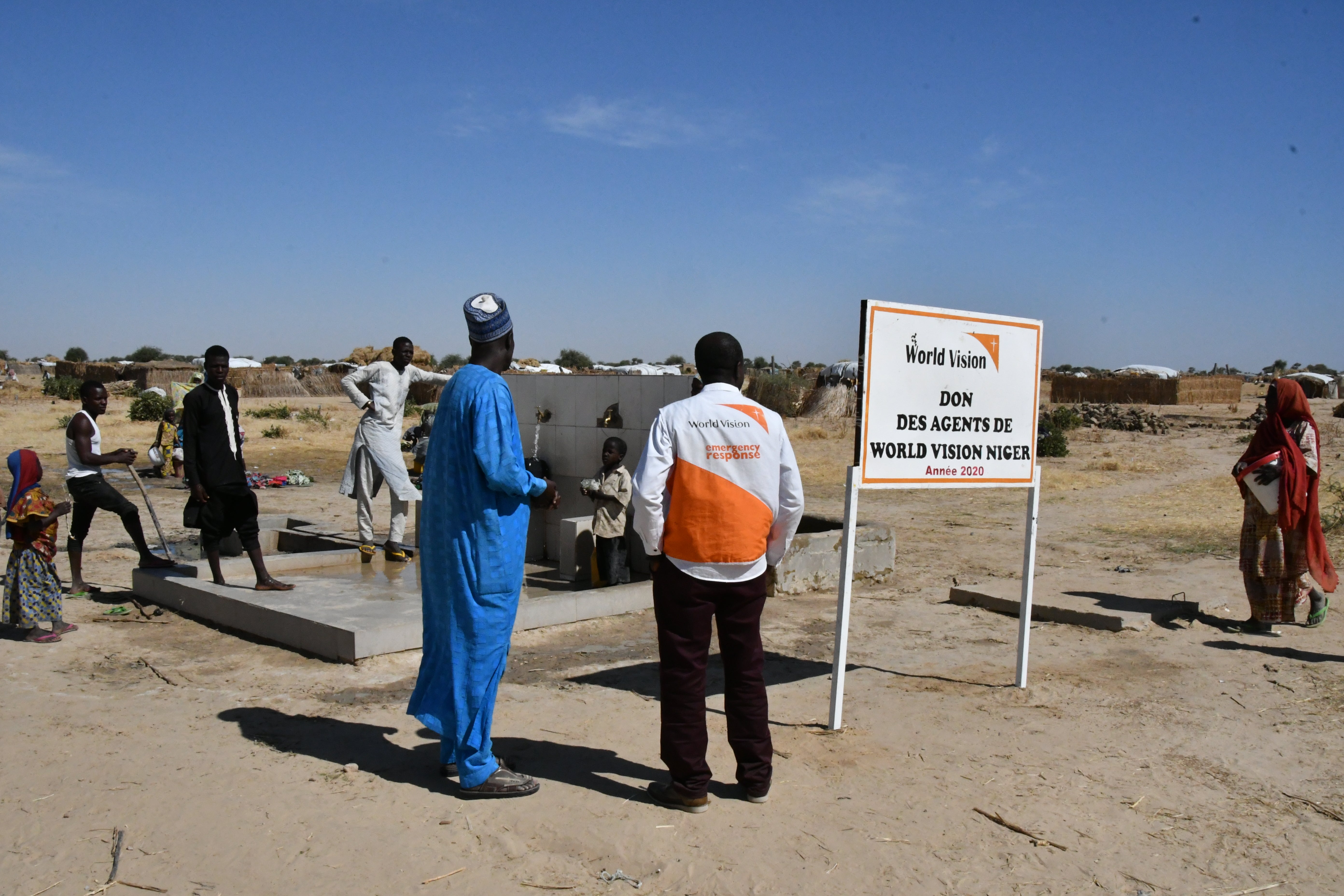
Boulama, chief of the village of Gueskerou, with the program coordinator in front of one of the solar-powered WASH water station. In early October 2019 Komadougou river in Diffa region (Niger) broke its banks, again. 23,000 people had to flee in small boats leaving their villages, homes, crops, farmland & the life they had known and built for generations.
Ibrahim Mohamed Samna
Boulama, his family and his fellow villagers were displaced by massive flooding in Niger. World Vision is supporting them with clean water as well as sanitation help. Photo: Ibrahim Mohamed Samna
“It is incredible ... this support has changed the lives of my people including my family, particularly my children,” says Boulama. Clean water and safe sanitation are helping keep them safe.
**Climate refugees and Earth Day **
By 2050, 200 million people could be displaced by climate change globally. If there was ever a time to get together as a species and solve a problem, that time is now.
But in the meantime, millions more of the world’s people are likely to become displaced. The need for World Vision’s disaster response programs will only grow – with initiatives like Raw Hope and programs like WASH increasingly critical.
With human ingenuity and spirit on our side, World Vision, Canadians and communities around the world will do everything within our power to solve the problems climate change throws our way. You can join with us.
This Earth Day, April 22, let’s help protect the most vulnerable people by ensuring they can build sustainable futures.
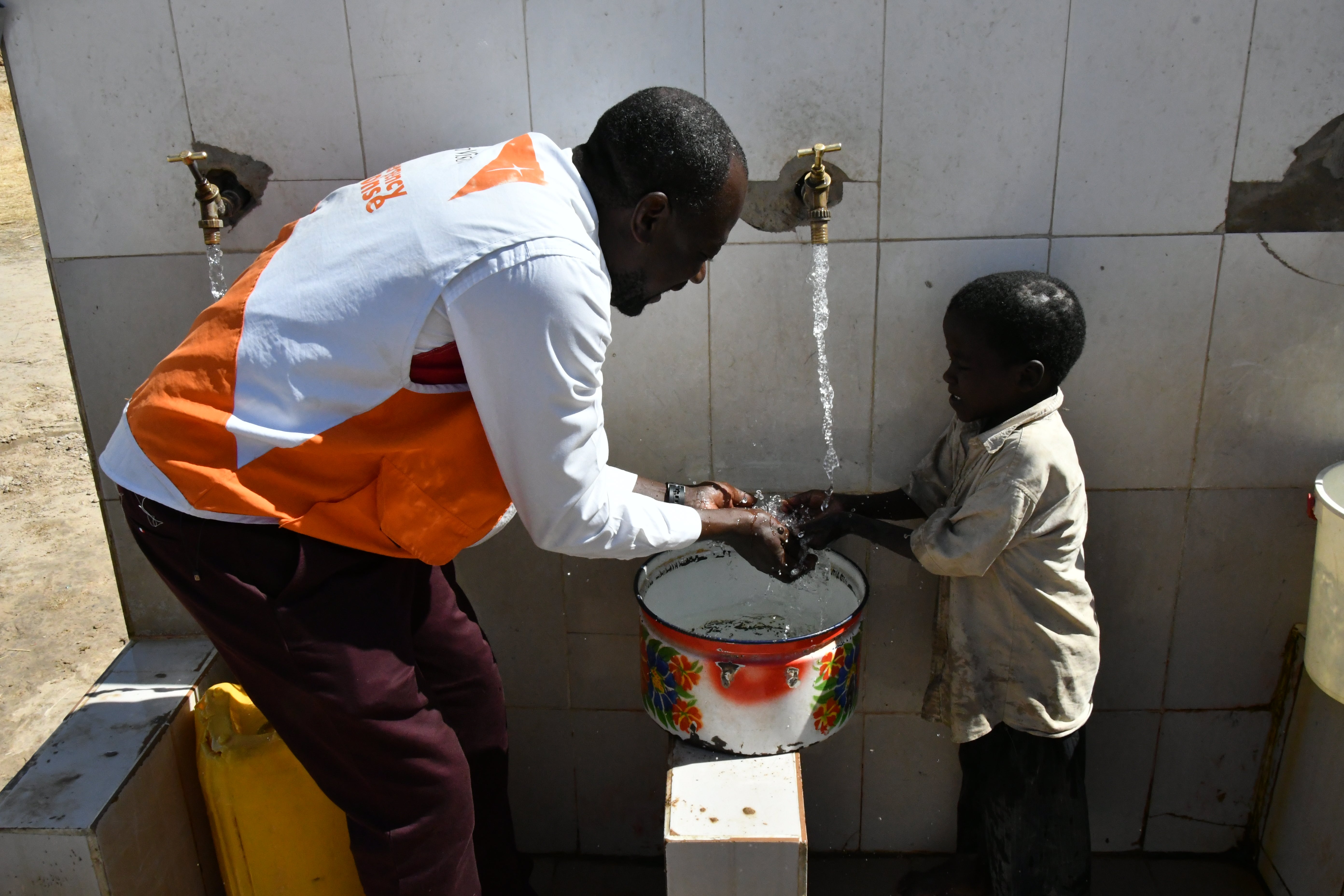
Families forced to flee their homes find themselves in refugee camps and settlements for displaced people. Basic essentials like water and sanitation are critical to ensure families can survive and begin to recover. Displaced by ongoing climate disasters and living in a new camp, this WASH initiative means children enjoy clean drinking water and are no longer sick with diarrhoea and practice good hygiene to prevent the spread of disease.
Ibrahim Mohamed Samna

